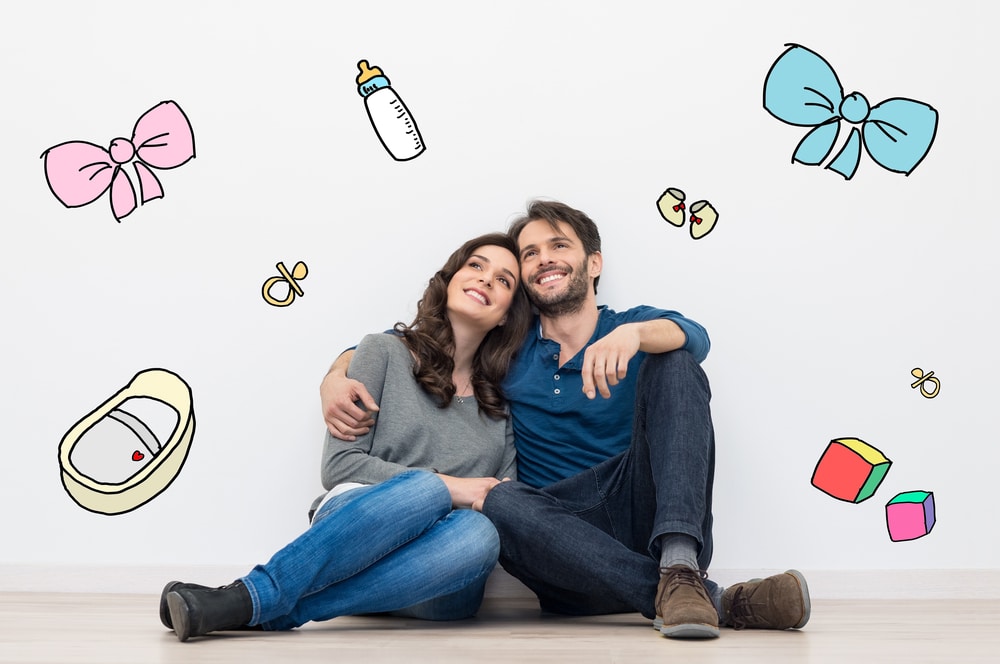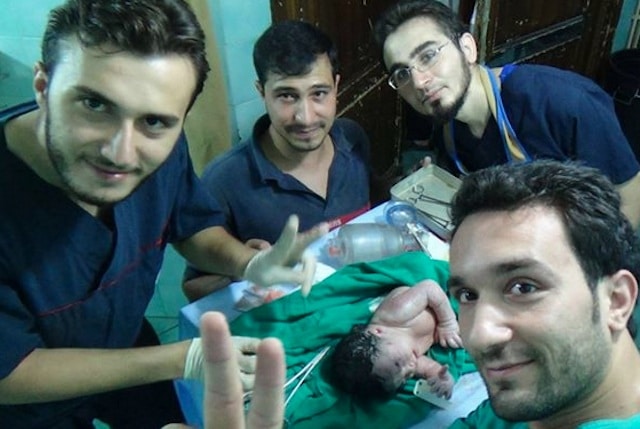Having a baby
My sister, Susan, got pregnant in October and her baby was born in July. She waited until the second trimester to tell people the good news, as by then there is less risk of having a miscarriage. During the pregnancy she had terrible morning sickness and she also had cravings for pickles and iced tea.
Susan and her husband, Brian, prepared their house before she went into hospital. They decorated the nursery, and also bought some baby equipment, such as a baby bath, a changing mat, a baby carrier, a cot, a mobile and some soft toys. They got quite a lot of baby clothes from their friends and family, so they didn’t have to buy any.

The birth itself was uncomplicated. She went into labour at around midnight, and the baby was born shortly after at 7 a.m. She didn’t feel too much pain, although she hadn’t asked for an epidural.
Instead, the doctor put her on oxytocin drips to make the contractions come a little quicker. Her midwife was with her during the birth, just to make sure that everything went well. Luckily, it was a normal delivery and she didn’t need a Caesarean section. The doctor cut the cord and put the baby on her chest so that she can try to breastfeed the baby.
to get pregnant– teherbe esni
to be born – megszületni
trimester – trimeszter
to have a miscarriage – elvetélni
morning sickness – reggeli rosszullét
craving – kívánósság
nursery – gyerekszoba
baby bath – babakád
changing mat – pelenkázó matrac
baby carrier – gyerekhordozó
cot – kiságy
mobile – forgó (kiságy felett)
uncomplicated – komplikációmentes
to go into labour – megindul a szülés
epidural – epidurális érzéstelenítés
drips – infúzió
contractions – összehúzódás, fájás
midwife – szülésznő
delivery – szülés
Caesarean section – császármetszés
to cut the cord – elvágja a küldökzsinórt
Fill the gaps with the words given!
a) birth, b) child, c) preschool, d) kindergarten, e) bottle, f) stroller, g) diapers, h) pacifier, i) crawl, j) parents, k) maternity ward, l) labour ,m) gynaecologist, n) godparents, o) pampers, p) relatives
The ………. (1) of a ………. (2) is always a happy event. But having children brings many challenges to the ………. (3), of course . After many visits to the ………. (4) the big day arrives. Parents usually rush to the ………. (5), often with some ………. (6) coming along to support them. The soon-to-be-mother goes into ………. (7), which can last for a very long time, mostly if it’s the first time for the new mother. Many parents choose ………. (8) from among their family or friends. For the first few years changing the ………. (9) can be a challenge – even though the use of ………. (10) has made their task easier. A baby will often cry until the ………. (11) or ………. (12) is in his or her mouth. One of the most important things to buy is the ………. (13), which allows parents to continue to go about daily tasks. Soon the child begins to ……… (14), and, before you know it, the child is walking! After a few years, parents begin to think about school. Before elementary school begins, children sometimes first go to ……..(15), but usually go to ……… (16) before their first day in “real” school.
1) birth
2) child
3) parents
4) gynaecologist
5) maternity ward
6) relatives
7) labour
8) godparents
9) diapers
10) pampers
11) bottle/ pacifier
12) pacifier/ bottle
13) stroller
14) crawl
15) kindergarten
16) preschool





